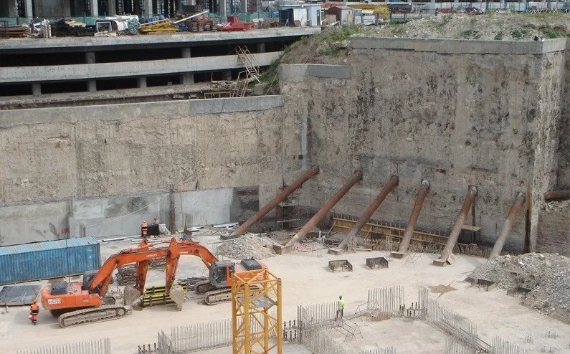
Products

Products
A Diaphragm Wall (Slurry Wall) is a concrete reinforced Wall built in situ underground. It can be executed in any type of soil, according to the strength of soil, a different excavation equipment maybe used.
Bentonitic muds or polymeric muds maybe used according to soil stability conditions. The main advantage of Diaphragm Wall (slurry wall) is the great retention capacity and good watertightness, making it idoneous solution for great underground structures such as parkings, subway train stations, road underpasses, cutt-off Walls, slurry mixer, etc.


Diaphragm (Structural) Wall Applications :
Secant Pile Wall Design - Secant Piles
Secant pile walls are formed by constructing intersecting reinforced concrete piles. The piles are reinforced with either steel rebar or with steel beams and are constructed by drilling under mud. Primary piles are installed first with secondary piles constructed in between primary piles once the latter gain sufficient strength. Pile overlap is typically in the order of 3 inches (8 cm). In a tangent pile wall, there is no pile overlap as the piles are constructed flush to each other.

The main advantages of secant or tangent pile walls are:
The main disadvantages of secant pile walls are: